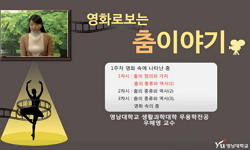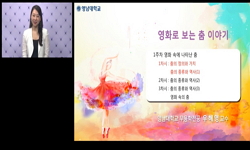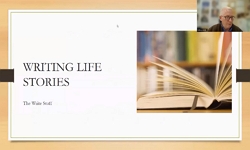This study analyzed the language development of school-aged students in terms of the semantic and syntactic structure of narratives. The language samples were collected through the story retelling from the children whose language ages were 6;0~6;5, 8;...
http://chineseinput.net/에서 pinyin(병음)방식으로 중국어를 변환할 수 있습니다.
변환된 중국어를 복사하여 사용하시면 됩니다.
- 中文 을 입력하시려면 zhongwen을 입력하시고 space를누르시면됩니다.
- 北京 을 입력하시려면 beijing을 입력하시고 space를 누르시면 됩니다.
https://www.riss.kr/link?id=T8937901
- 저자
-
발행사항
경상북도 : 대구대학교, 2002
- 학위논문사항
-
발행연도
2002
-
작성언어
한국어
- 주제어
-
발행국(도시)
경상북도
-
형태사항
61 p. : 삽도 ; 27 cm
- 소장기관
-
0
상세조회 -
0
다운로드
부가정보
다국어 초록 (Multilingual Abstract)
This study analyzed the language development of school-aged students in terms of the semantic and syntactic structure of narratives. The language samples were collected through the story retelling from the children whose language ages were 6;0~6;5, 8;0~8;5, and 10;0~10;5years. Each group consisted of 20 children.
The structure of narrative was analyzed through the devised story grammar. And the syntactic structure was characterized by the total number of T-units(minimal terminable units), the means of T-units per embedded clause, the means of T-units per words, and the means words within embedded clause. The One-way ANOVA was performed to see the significant difference between the age groups in the semantic structure of narratives and the syntactic structure. Subsequently, the Tukey HDS was also performed to see the significant difference among the groups.
The result of this study showed the significant differences in the category of story grammar, the total number of T-units, the means of T-units per embedded clause, the means of T-units per words, and the means of embedded clause per words within embedded clause.
목차 (Table of Contents)
- 목차
- I. 서론 = 1
- 1. 연구의 의의 = 1
- 2. 연구 문제 = 3
- 3. 용어의 정의 = 3
- 목차
- I. 서론 = 1
- 1. 연구의 의의 = 1
- 2. 연구 문제 = 3
- 3. 용어의 정의 = 3
- II. 이론적 배경 = 5
- 1. 이야기의 발달 = 5
- 2. 이야기 분석 = 7
- 3. 이야기의 의미 구조 = 8
- 4. 이야기의 구문 구조 = 13
- 5. 이야기 분석과 관련된 연구 = 20
- III. 연구 방법 = 24
- 1. 연구대상 = 24
- 2. 연구 방법 및 절차 = 25
- 3. 샘플 자료 분석 방법 및 기준 = 28
- 4. 결과 분석 = 35
- 5. 신뢰도 = 36
- IV. 결과 및 고찰 = 37
- 1. 연령에 따른 이야기의 의미 구조 분석 결과 = 37
- 2. 연령에 따른 이야기의 구문 구조 분석 결과 = 41
- V. 결론 및 제언 = 45
- 참고문헌 = 48
- 영문초록 = 56
- <부록 1> = 58
- 이야기 다시말하기에 사용된 그림-1 = 58
- 이야기 다시말하기에 사용된 그림-2 = 59
- <부록 2> = 60
- 이야기 대본-1 = 60
- 이야기 대본-2 = 61













